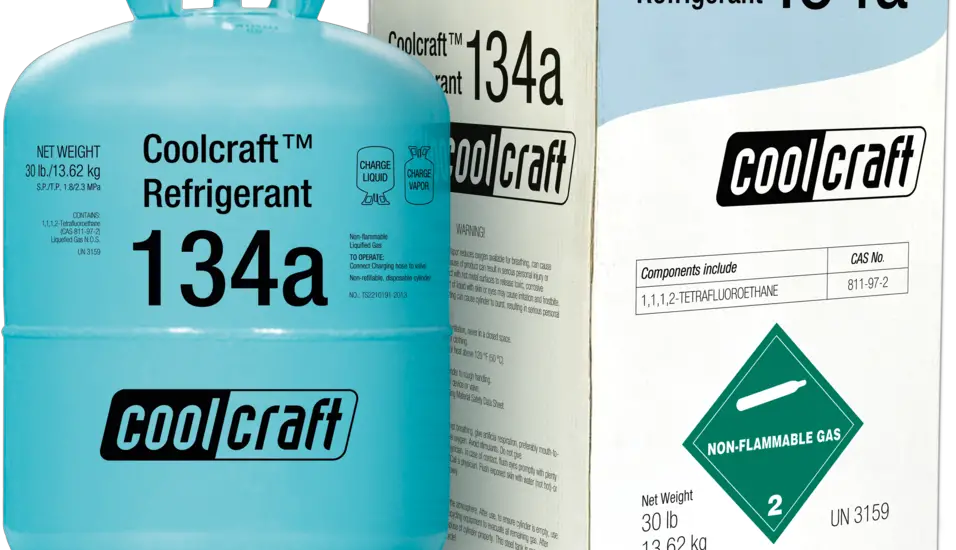Refrigerant orifice size chart – ever heard of it? It’s a critical tool that helps technicians in the HVAC field maintain an efficient and well-functioning cooling system. Knowing how to navigate this chart isn’t just a technical skill, but an art! Stick around and you’ll soon be an artist in HVAC system optimization.

Table of Contents
Understanding the Refrigerant Orifice in HVAC Systems
You might be asking yourself, “What’s this orifice they keep talking about?” It’s simple – it’s an integral part of your HVAC system. Let’s break it down a bit further.
What is a Refrigerant Orifice?
Just like the pupil in your eye, the refrigerant orifice controls how much coolant passes from the high-pressure to the low-pressure side of your AC system.
Role and Function of the Refrigerant Orifice
The orifice is like the maestro of your HVAC symphony, setting the tempo for refrigerant flow and ensuring your system stays on key. No small feat, huh?
Importance of Correct Orifice Size
Pick the wrong size, and your system’s efficiency could plummet, like a bird with a broken wing. Can you afford that kind of energy wastage? I bet not.
Fixed Orifices: These are, as the name implies, unchanging in size. They are commonly found in many HVAC systems due to their simplicity and reliability. However, their lack of adaptability can make them less efficient under varying load conditions.
Adjustable Orifices: These types of orifices can change size in response to varying refrigerant conditions, allowing for a more adaptable and efficient system. They require more sophisticated design and control but can significantly improve the performance of HVAC systems under varying loads and outdoor conditions.
Thermostatic Expansion Valves (TXVs): TXVs are highly intelligent components that regulate the flow of refrigerant into the evaporator, based on the cooling load and the current temperature of the refrigerant. They provide excellent control and efficiency in HVAC systems, especially those that operate under a wide range of conditions.
For more articles on refrigerants, click here.
Refrigerant Orifice Size Chart
This is a crucial tool for determining the correct orifice size for a given HVAC system. This chart typically contains data related to the type of refrigerant, the ambient temperature, and the capacity of the system. To use this chart:
- Identify your refrigerant type.
- Determine your system’s capacity.
- Note the current and expected ambient temperature.
Using these factors, locate the corresponding orifice size on the chart. This process may involve interpreting complex data and calculations, so it’s advisable to seek professional guidance.
Factors Influencing Refrigerant Orifice Size Selection
The refrigerant type is crucial because different refrigerants have varying physical properties, like pressure and flow characteristics, that can impact the orifice size. Ambient temperature, both indoor and outdoor, can affect the cooling load on the system and thus the ideal orifice size. And finally, the system’s capacity also plays a role, as larger systems typically require larger orifice sizes to handle the increased refrigerant flow.
Tips for Optimal Refrigerant Orifice Sizing:
- Always consider the refrigerant type, ambient temperature, and system capacity when choosing an orifice size.
- Consult a professional or use a refrigerant orifice size chart to ensure accuracy.
- Be mindful of potential changes in conditions, such as seasonal variations in ambient temperature.
Troubleshooting
symptoms of an incorrect orifice size can include poor system efficiency, insufficient cooling, or even overcooling in some cases. If these issues are encountered, it’s often necessary to resize or replace the orifice to correct the problem. Always ensure correct installation to avoid any potential problems down the line.
Remember, dealing with HVAC systems can be complex, and mistakes can lead to inefficiency or even damage. Always consult with a professional before making significant changes to your system.
Conclusion
We’ve navigated the vast seas of the refrigerant orifice size chart together. Just as a well-maintained ship sails smoothly, so does a well-maintained HVAC system. So, ready to set sail on the cooling seas with your new knowledge?